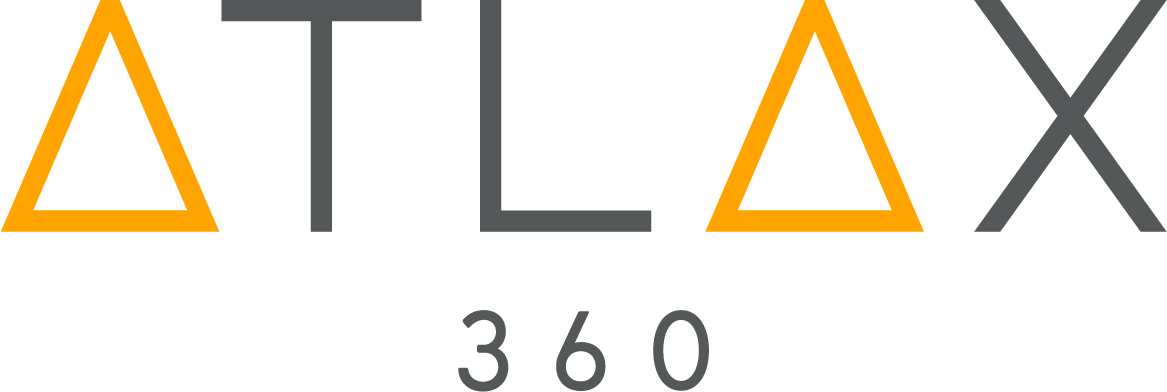Robotic Process Automation
One of the main applications of RPA is the development of bots or software robots, capable of imitating and learning certain business processes. For these activities to be automated, they must follow specific rules by which the software must be programmed to execute the tasks.
In addition, these bots have the particularity that they can interact with other systems or applications in a similar way as a person would. The advantage is that they work relentlessly, faster and, above all, with total precision, without errors.
Optimising processes
RPA solutions have revolutionised the way of working in many industries, as well as changed the protocols and methodology of some sectors. Not surprisingly, process optimisation has served as a spearhead for business growth. Among its main benefits are the following:
1. It reduces operational risks and costs.
Repetitive tasks performed by people end up with a multitude of errors, due to a progressive lack of attention. One of the advantages of being performed by robots is that they will not make mistakes if we program them with the right metrics. The result is procedures with fewer errors and with a lower cost, derived from them.
2. Business growth.
The potential offered by these solutions allows our company to operate in sectors or places that, due to personnel or time limitations, we could not do before. The handling of the machines is faster and easier than recruiting and training new employees.
3. Increased organisation.
The use of RPA is not intended to replace people, but to redirect their potential to truly necessary activities. In all companies, there are a number of bureaucratic and tedious tasks for which it is not necessary to use human talent. On the contrary, there are others more related to strategy where it is required.
Improving productivity
All the above benefits can be summed up in just one: robotic process automation improves company productivity. These systems perform tasks faster and at a lower cost. In this way, you can free up human resources to take on other higher-value activities that provide personal satisfaction at the same time.
Another reason your company’s productivity increases is the linking of different software tools on a central platform. This platform is an RPA that brings together the overall data of your corporation, providing not only an overview of your company, but also more specific details.
With this information, employees have greater ease of use when, for example, making hires, updating forms, collecting data, processing invoices, and so on. In many cases, the software can handle these activities end-to-end, without human intervention.
In line with this, the learning capabilities of these robotic systems allow them to perform “intelligent” and autonomous actions, just by “seeing” people’s behaviour. In fact, the most advanced systems can work with different applications at the same time.
Some examples:
A good example of RPA, which is becoming more and more widespread, is the use of bots for simple customer service cases. Nowadays, users do not always want to talk to an agent, they just need quick answers to their questions and, most importantly, at any time.
With automated systems, two basic actions can be performed: sorting all queries and providing simple answers. As an alternative to automation, companies often provide answers in their “Frequently Asked Questions” section of their website. However, a bot can be programmed to increase the number of answers, among other functions, and this is where they can give a competitive advantage.
Invoicing with RPA
Another example of RPA is the processing of incoming invoices, thus avoiding incorrect or delayed payments, with all that this implies. But what about paper invoices? Many companies still use this format in their transactions, but this is not a problem because it can be automated using an OCR scanner.
Once in the system, the RPA software performs some relevant functions, such as automating data, reconciliation errors and even making certain decisions. This greatly reduces human intervention. In fact, the most advanced solutions can automate the entire billing process until the supplier receives payment.
In short, Robotics Process Automation (RPA) solutions automate many of the industrial processes in a very accurate way. This offers numerous advantages to the company, among the most important of which are increased productivity and minimized errors.








